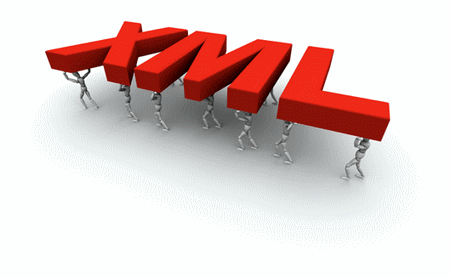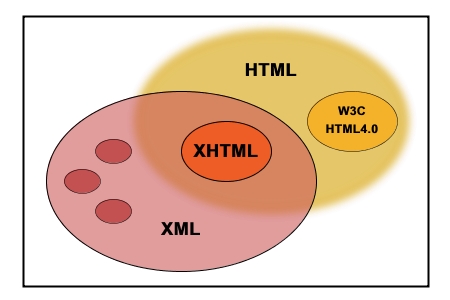5
2012
What is a XML Database?
XML, which is short for Extensible Markup Language, is a kind of software that helps systems which share information across different sources, such as through the internet. Not only that, XML also helps with encoding as well as serializing data.
XML database, on the other hand, refers to a kind of software that allows or still retains the first version of any information and stores it even though there is already a new version of the information or even though it is already modified. This software allows the data to be stored in the format of XML. Once it is stored, a user can then develop it further and change its format for output.
Two Types of XML Databases
XML-enabled and native XML are the two types of classes for XML database. XML-enabled maps out the XML in a database which is usually used, including the acceptance of XML input and the output generated, which is also in the XML format. The database in XML-enabled is the one that converts the data by itself.

Native XML, on the other hand, refers to the dependency of databases on XML. It also uses documents in XML format as its storage unit. Native XML database doesn’t really mean that they store data in text form.
XML-enabled database may be considered inexpensive when it comes to the conversion of data. However, not all native XML databases function as a standalone database. It is sometimes defined as a model for XML documents that stores data, which are in the same format. A native XML database should also have a unit of storage in XML format or document. There is no particular storage model specified for the use of native XML database. Some can still use relational, object-oriented, and even hierarchical databases.
Functions of XML Database
Some XML databases have a collection, which is the term used to refer to a model of documents that are in a group. One of the functions of a database is to be able to set up and manage collections all at the same time. Hierarchy in collections can also occur in some XML database, just like in operating systems. XML databases use a form of syntax for querying, such as XPath which is used for querying collections. The XPath is the one that allows a user to know about the node that is the same as the criteria that he or she is looking at.

Some XML databases also support XSLT, which is a method that transforms documents received from the database. The purpose of an XSLT is to declare a set of filters that are from XPath which will then enable it to transform documents into different formats such as Plain text, PDF, HTML, XML and so on.
Advantages and Disadvantages of XML Database
Some of the advantages of an XML database are that it is self-describing as well as portable. It can also represent a data into a tree or in a graphical representation. There are also disadvantages when using this type of database. XML database is considered to be slow due to its parsing.
Further readings
Advertisements
Recent Posts
- What is a Disaster Recovery Data Center
- What is a Relational Database?
- What is a Flat File Database?
- What is a DSN or Database Source Name?
- What is a Disaster Recovery Plan?
- What is an Open Source Database?
- What is Disaster Recovery?
- What is a Database Cluster?
- What are Database Servers?
- What are Database Forms?

 An article by
An article by 




